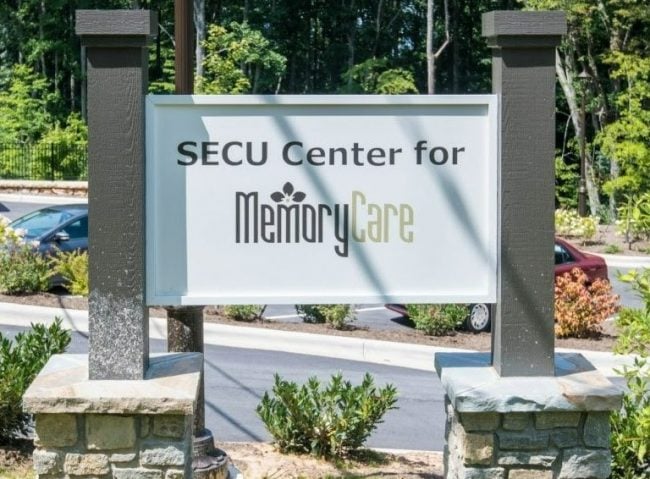Web technologies clearly have the potential to create a powerful support channel for members and staff. Imagine a system where members and staff (end-users) using only a Web browser could quickly find information from a central source, some of the information being accessible by everyone and some only being accessible by staff. If the end-users couldn't find what they're looking for, they could securely ask their question online, request to either be called back or responded to securely online, and have their question routed to the staff best able to resolve their inquiry. Each time a question not included in the central information source was answered, it would be added to the central information source, causing this central repository to naturally grow with pertinent information. All the while, the system would keep track of what end-users were doing and ensure that all end-user inquiries were managed and resolved within service-level expectations. Vaporware? No, it is reality today! The central repository of information is what is called a knowledge base and when you surround it with other supporting components, it can create a digital support channel (DSC). Sounds like an Intranet, you say? Some similarities exist but a DSC not only helps staff keep abreast of products, services and internal procedures, but it is also extended directly to members. Sounds like decision support tool you say? Again some similarities exist, but decision support tools only provide a potential component of a DSC rather than the support channel itself. What about CRM? Well no, a CRM solution is facing inward toward the credit union and is focused more on marketing and sales rather than service and support like a DSC. A DSC is really a new concept that embodies several technologies to create an alternative communications channel between the credit union and their members and staff. A DSC can eventually evolve to address all member and staff inquiries over time. However, the goal should never be to address all end-user needs out of the gate but instead should be to incrementally evolve the DSC, focusing on those areas with the greatest value and payback initially. It is most often suggested that you begin by addressing the needs of members. Some of the characteristics of an effective DSC include: *A knowledge base containing broad and succinct information that continually evolves and is quickly and easily searched. This information should eventually include content about products, services, supporting internal procedures and supporting information necessary for the end-user to make informed decisions, such as personal finance content and tools. *Non-technical staff – primarily those interfacing with your members and staff – can easily create public (external) and private (internal) information for review and eventual publishing into the knowledge base. *All information in the knowledge base should be easily cross-linked to other relevant collateral (such as Web pages, Word Docs and PDF files) so that all information and services potentially relevant to the end-user's question is only one click away. *End-users can securely ask their question of a real person online if they can't find what they are looking for. Some inquiries may require immediate attention using online chat to be effective – like questions about completing an online application – but most can be just as effectively handled using an online form or e-mail. *End-Users (especially members) can securely receive answers online and/or request to be called back, providing more flexibility and privacy in the typical work environment than is possible using the phone. Regardless of the number of channels or staff involved, all end-user interactions involved to resolve an inquiry are in one incident record, eliminating the need for end-users to repeat themselves. *End-users are provided with clear and immediate signals that the channel is actively managed and inquiries are consistently and accurately resolved within four hours. *End-users can set very granular e-alerts, which automatically notifies them of new seminars, specials, rate changes, new services, fraud alerts, procedure changes, new personal finance content, account balances going below a threshold, certificates maturing, paycheck deposits, etc. *Member activity is tracked so that the insight gained from knowing how members are using the channel can be used for permission-based targeted marketing and to provide more personalized support Creation of an effective DSC can have huge benefits for your credit union and members. And, since member loyalty must be earned every day, it's worth taking a look!
Complete your profile to continue reading and get FREE access to CUTimes.com, part of your ALM digital membership.
Your access to unlimited CUTimes.com content isn’t changing.
Once you are an ALM digital member, you’ll receive:
- Critical CUTimes.com information including comprehensive product and service provider listings via the Marketplace Directory, CU Careers, resources from industry leaders, webcasts, and breaking news, analysis and more with our informative Newsletters.
- Exclusive discounts on ALM and CU Times events.
- Access to other award-winning ALM websites including Law.com and GlobeSt.com.
Already have an account? Sign In
© 2024 ALM Global, LLC, All Rights Reserved. Request academic re-use from www.copyright.com. All other uses, submit a request to [email protected]. For more information visit Asset & Logo Licensing.









